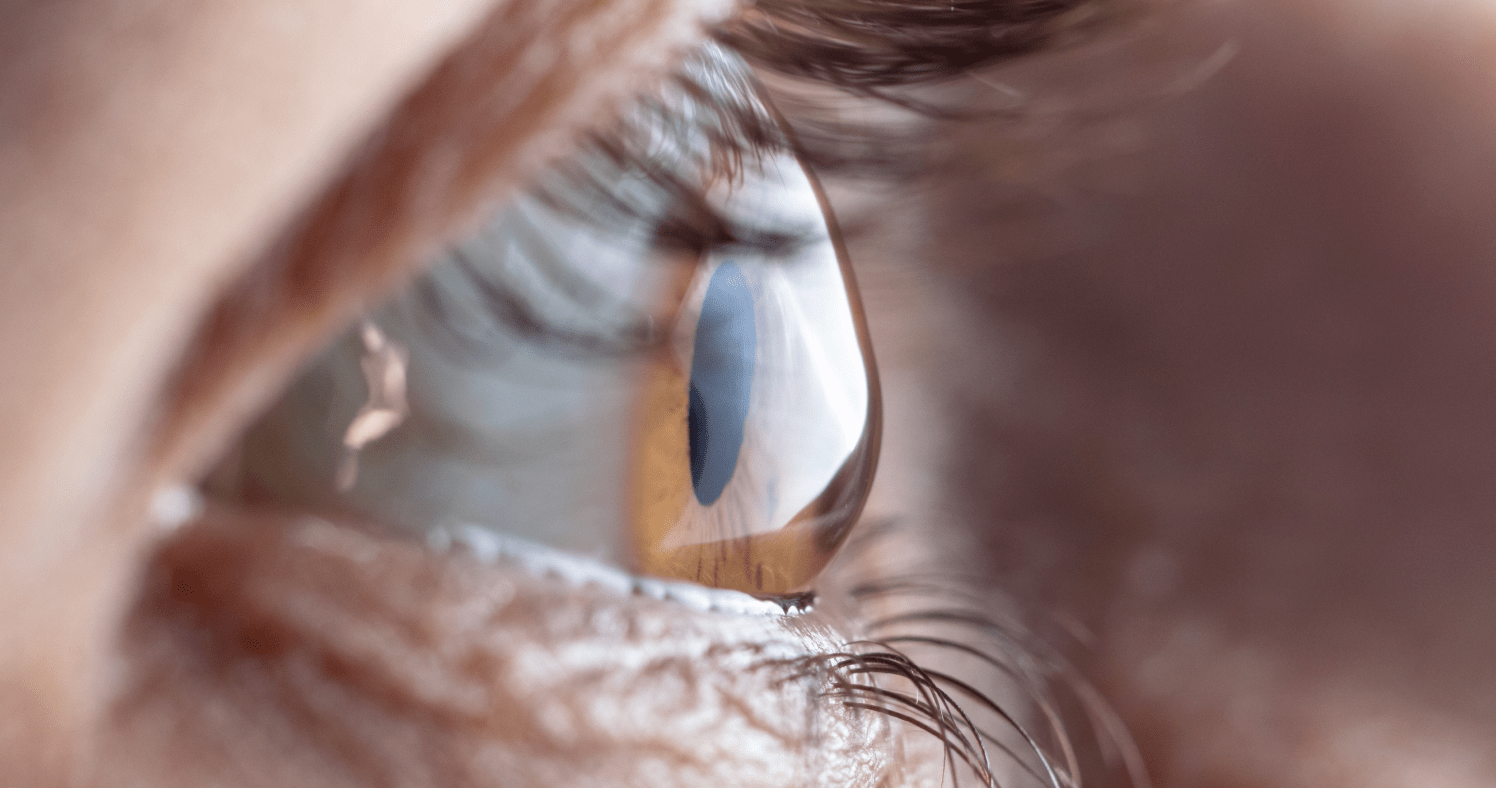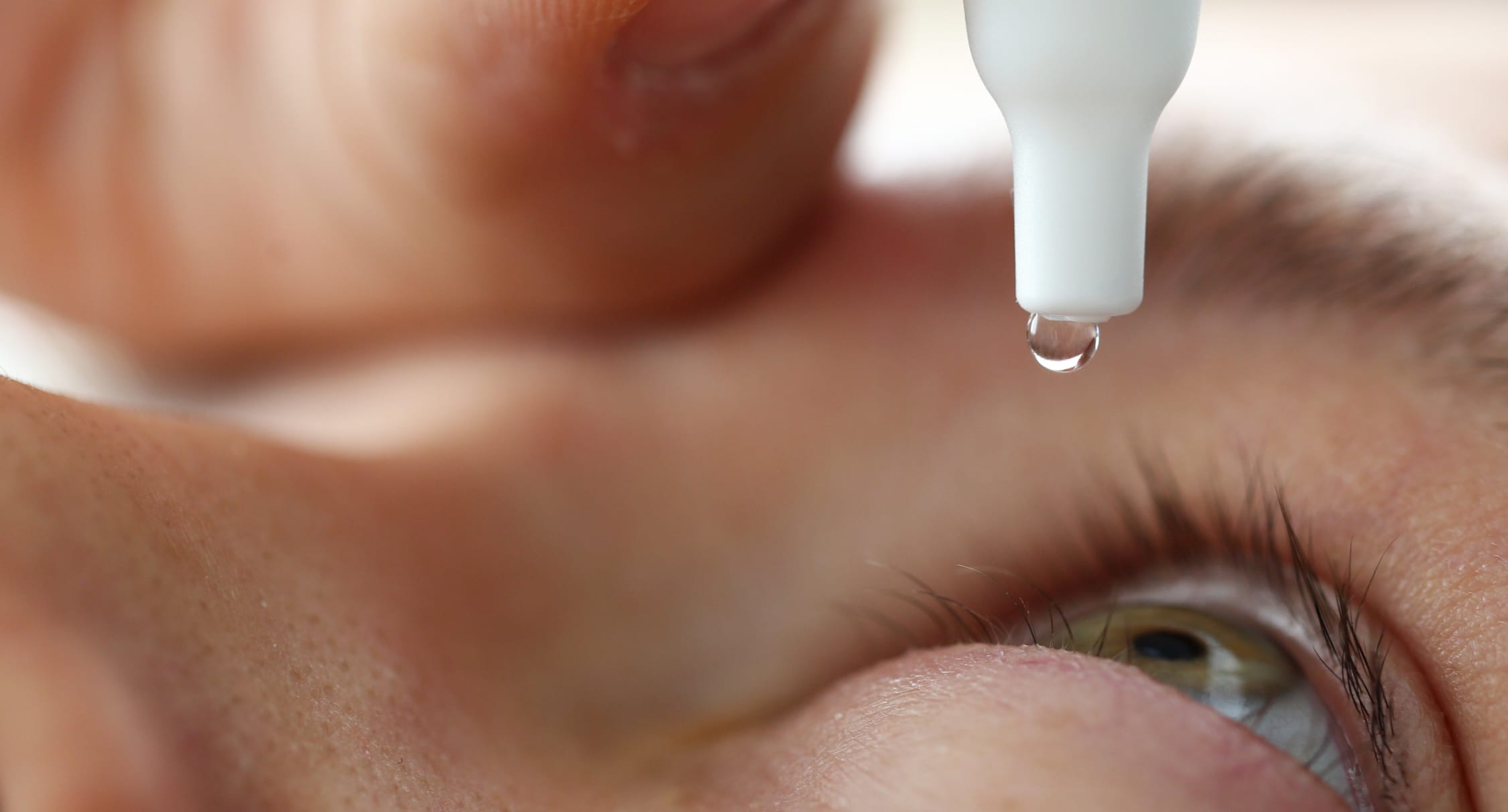The inside scoop on lazy eye in childhood
Updated JUN 5, 2023 • 5 min read

Summary in 30 seconds
Lazy eye (aka crossed eyes) usually presents in childhood. It arises from issues with eye muscle movement, which is controlled by the brain. Many treatments, such as eyeglasses and lazy eye surgery, are available to improve alignment and vision in lazy eye.
Parents may worry when they hear that their child has lazy eye. Most are concerned about their child’s vision and long-term outlook. However, take comfort in knowing that lazy eye is often treatable, allowing the child to lead a normal life. So, why does your child have lazy eye and what is its treatment?
Jump to content
- What is Lazy Eye?
- When Lazy Eye Develops?
- How to Fix Lazy Eye
- Hold up…Are Lazy Eye Exercises Really a Thing?
- What is Lazy Eye Surgery?
What is Lazy Eye?
Lazy eye is the common term for strabismus, or crossed eyes. The eye “wanders” or turns inward towards the nose (esotropia), outward (exotropia), upward (hypertropia), or downward (hypotropia). So, the crossed eye looks away while the other eye looks straight ahead.
When Lazy Eye Develops?
Lazy eye in young patients typically develops anytime from birth through childhood and can run in families. Also, amblyopia or reduced vision may develop in the lazy eye, which can be permanent if left untreated.

Symptoms of lazy eye include:
- crossed eyes
- improper eye movement
- poor depth perception
- squinting an eye, especially in bright sunlight
- double vision (more likely in adults who develop lazy eye)
Lazy eye occurs when the brain sends too few signals to the eye muscles, causing the muscles to not work together. Muscle imbalance, uncorrected refractive error (particularly farsightedness), cataract (a cloudy lens), and droopy eyelid are common causes of lazy eye. Most children with lazy eye do not have an associated medical condition; however, some conditions, such as cerebral palsy or Down syndrome, increase your child’s risk of lazy eye.
How to Fix Lazy Eye?
Lazy eye is often correctable when diagnosed and treated early. An eye doctor performs a comprehensive eye exam to diagnose lazy eye and to recommend treatment. The child’s age and the type of strabismus determine treatment options:
- Glasses or contact lenses
- Patching
- Blurring
- Eye exercises
- Surgery
Glasses or contact lenses may help your child’s eye focus by correcting refractive error, which gives a clear image and straightens the lazy eye. Sometimes the doctor also prescribes prism, a unique glasses lens that bends light. Also, progressive lenses may help the eyes to focus and straighten at near when your child reads or uses a computer. Prescription sunglasses may be helpful to relieve symptoms of lazy eye in bright sunlight.
When amblyopia is present, using an eye patch that covers the good eye can help “wake up” or stimulate the lazy eye. Typically, the child wears the eye patch in combination with their glasses or contact lenses for at least two hours per day. Likewise, blurring the good eye by using an eyedrop medication also helps stimulate the lazy eye. However, this medication may cause light sensitivity and irritation.

Hold up… Are Lazy Eye Exercises Really a Thing?
Doctors prescribe lazy eye exercises to improve focusing and teaming of the lazy eye. Children perform these lazy eye exercises at home or in a vision therapy clinic. A common misconception is that eye exercises strengthen the eye muscles. Instead, these exercises train the child’s eyes and brain to properly work together, which may lessen the lazy eye.
Nowadays, eye exercises or vision therapy includes computer-based activities and other equipment that pique the interest and involvement of children. These exercises work on the entire visual system, including eye movement, focusing, and coordination. Your child receives an individualized program with personalized exercises.
What is Lazy Eye Surgery?
Doctors usually recommend lazy eye surgery for your child when glasses, patching, and lazy eye exercises do not help fix lazy eye. Strabismus or Lazy Eye surgery is considered a safe and effective surgery. During surgery, the surgeon repositions the eye muscles of one or both eyes to realign the eyes. Recovery time is fairly quick, usually 2 to 3 days. Most children only need one surgery to fix lazy eye; however, other treatments (glasses, contact lenses, patching, etc.) may still be necessary. Lastly, if cataract or droopy eyelid caused lazy eye, then surgery to correct these conditions often improves lazy eye in your child.
Published December 15, 2022|Updated June 5, 2023

 Oval
Oval
 Aviator
Aviator
 Round
Round
 Rectangle
Rectangle
 Cat Eye
Cat Eye
 Classic Wayframe
Classic Wayframe



